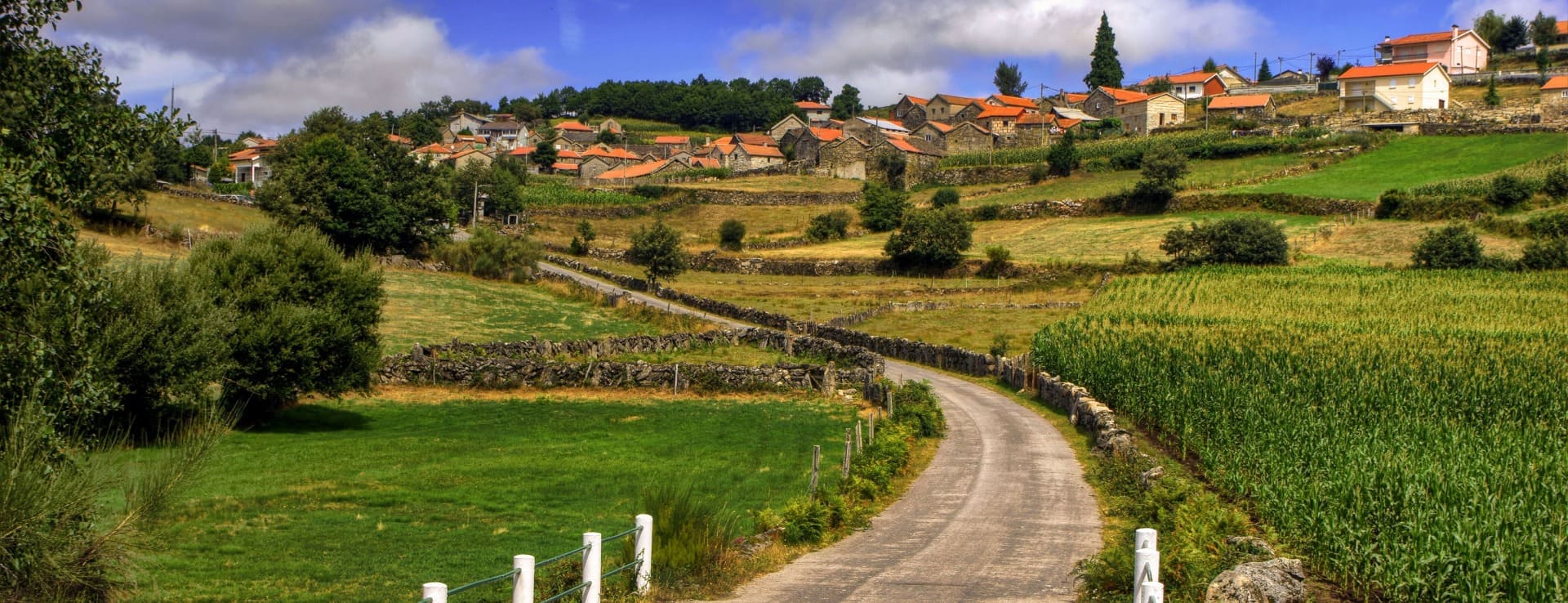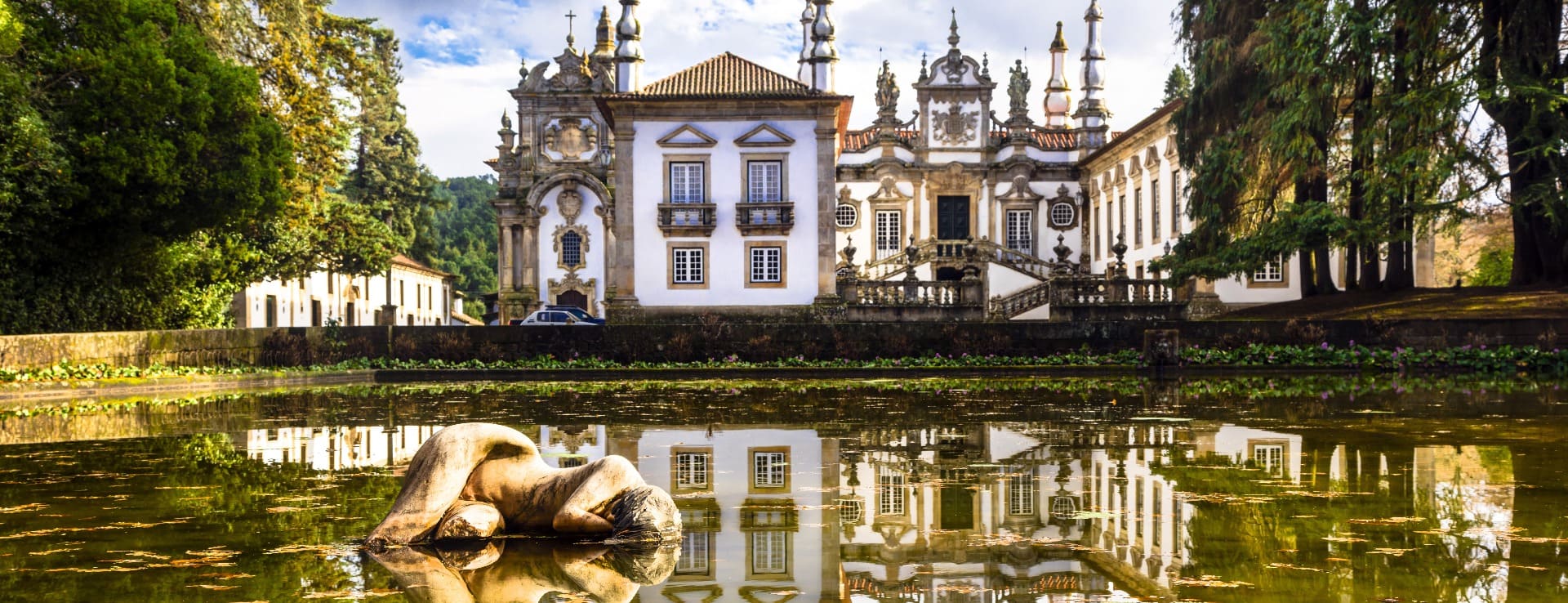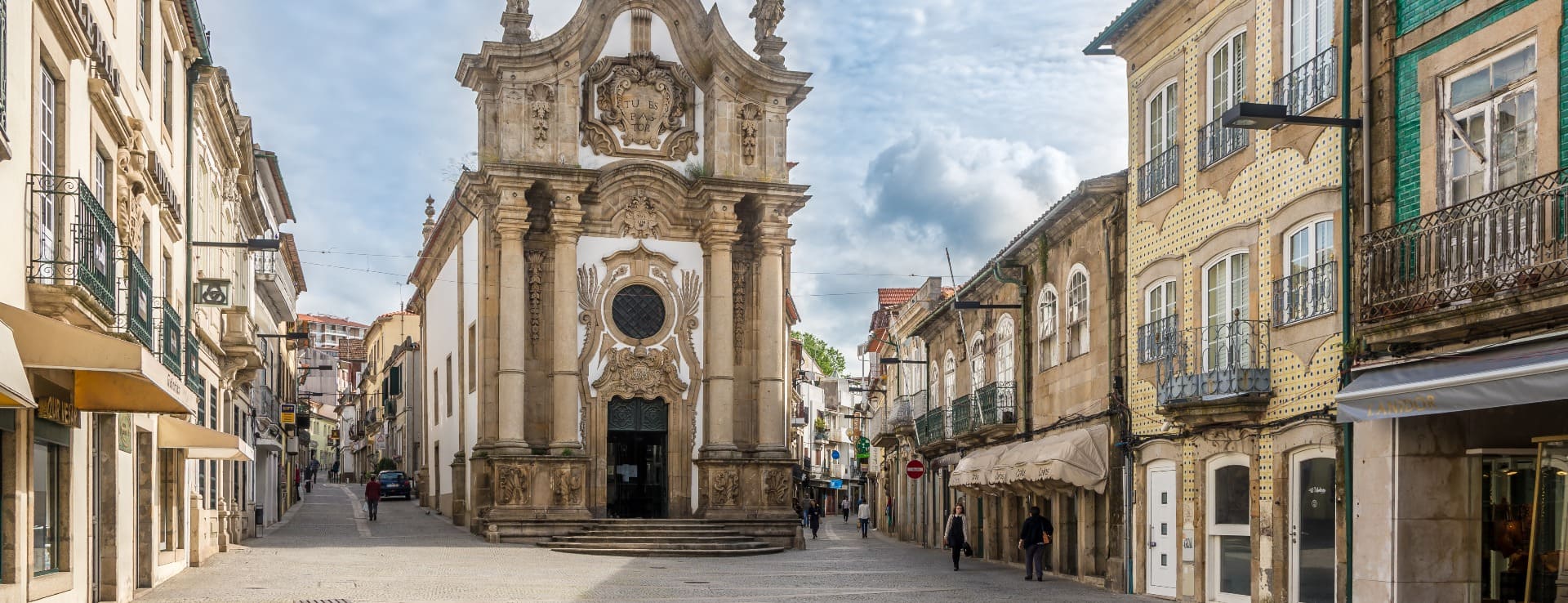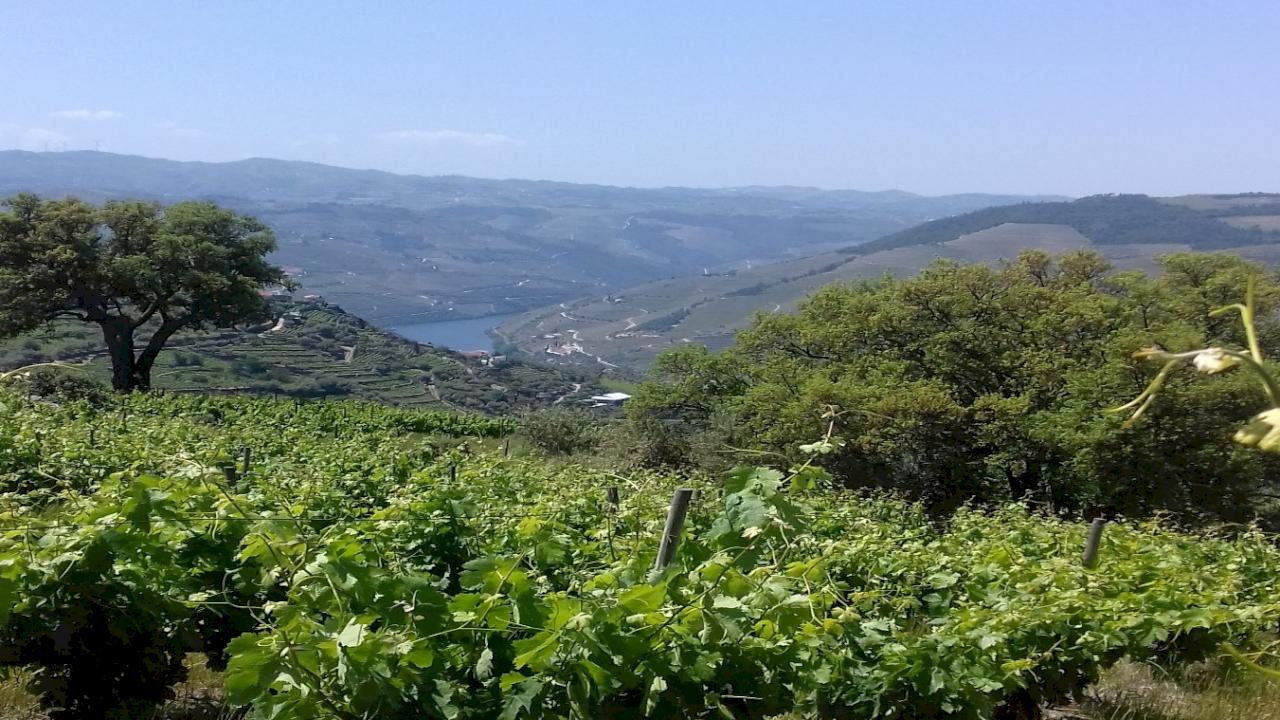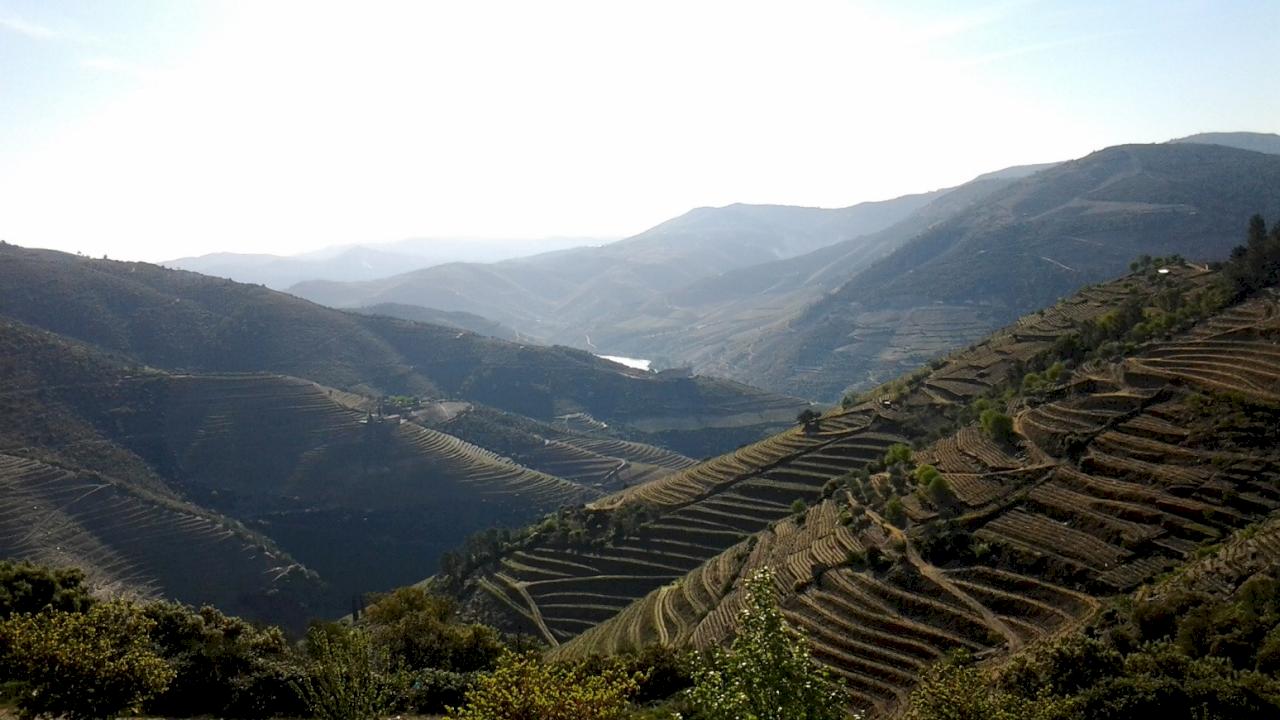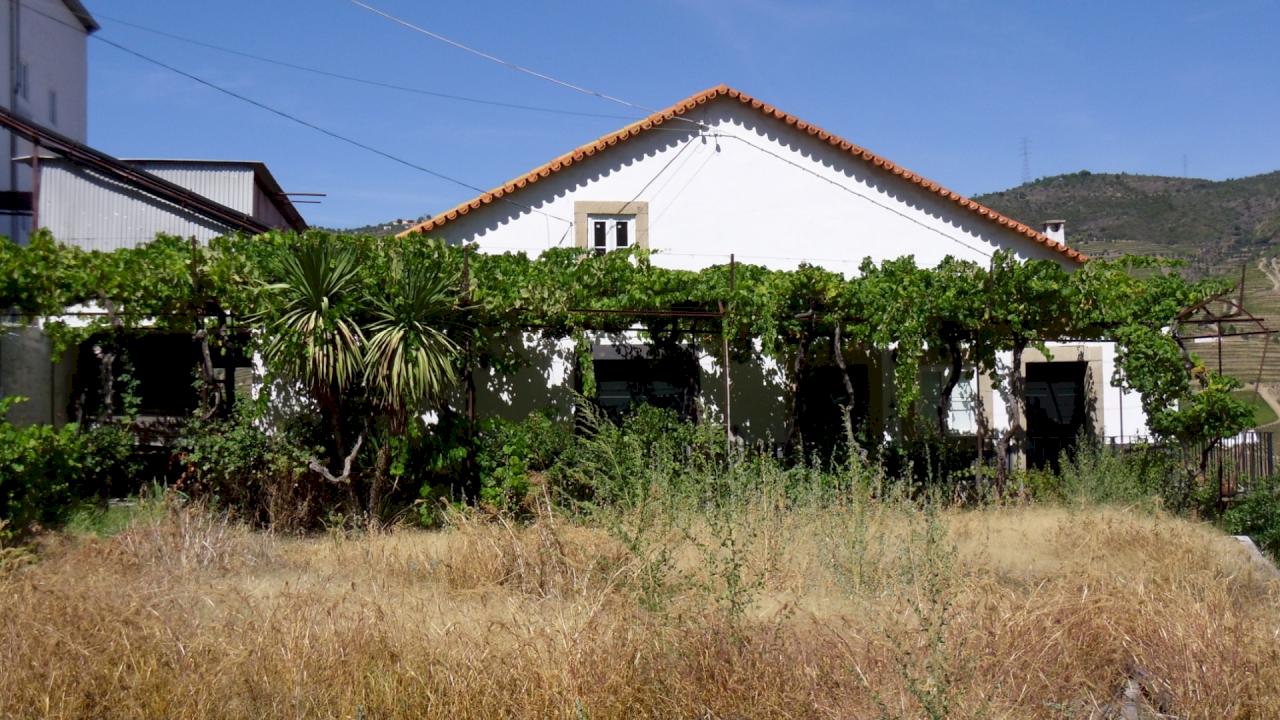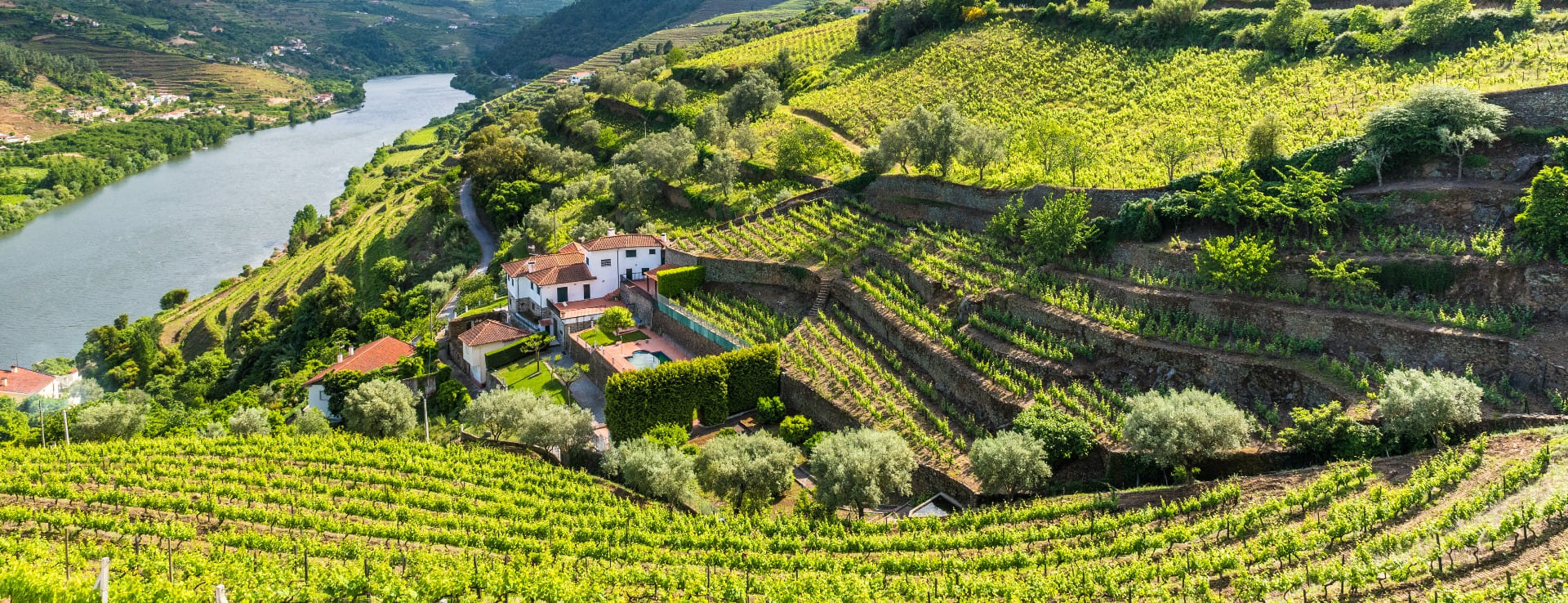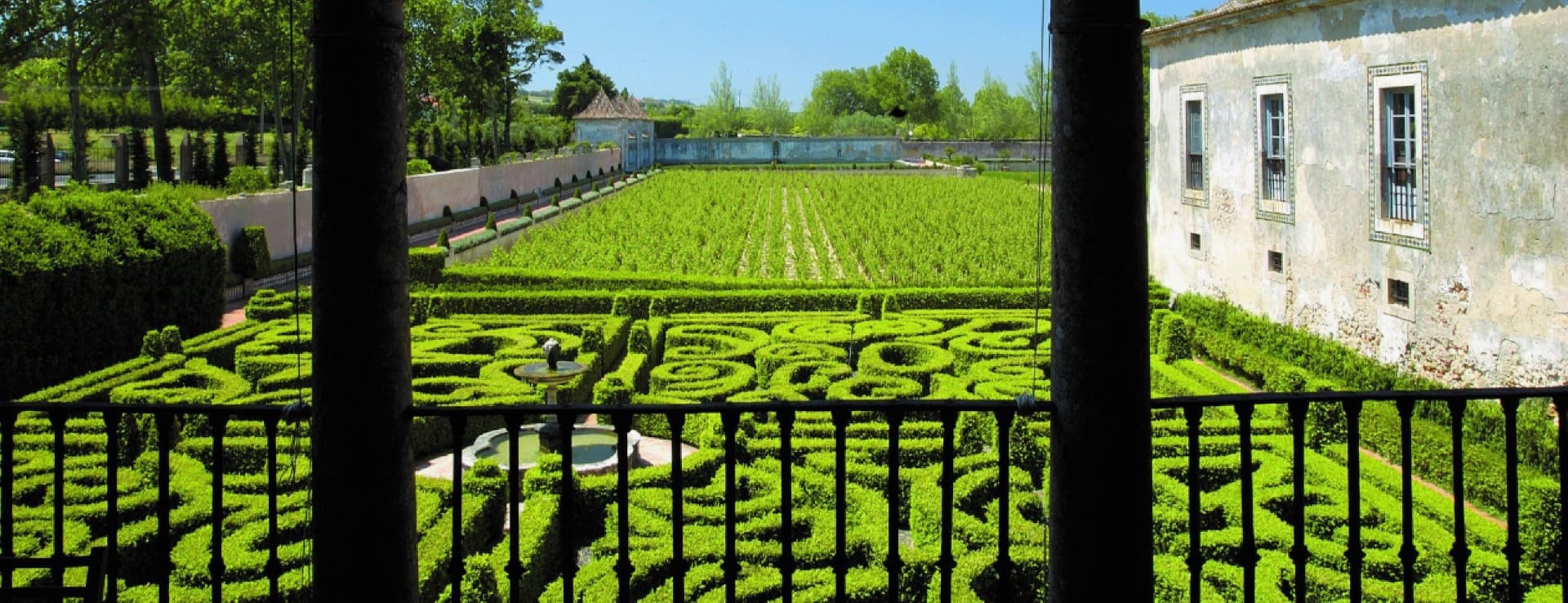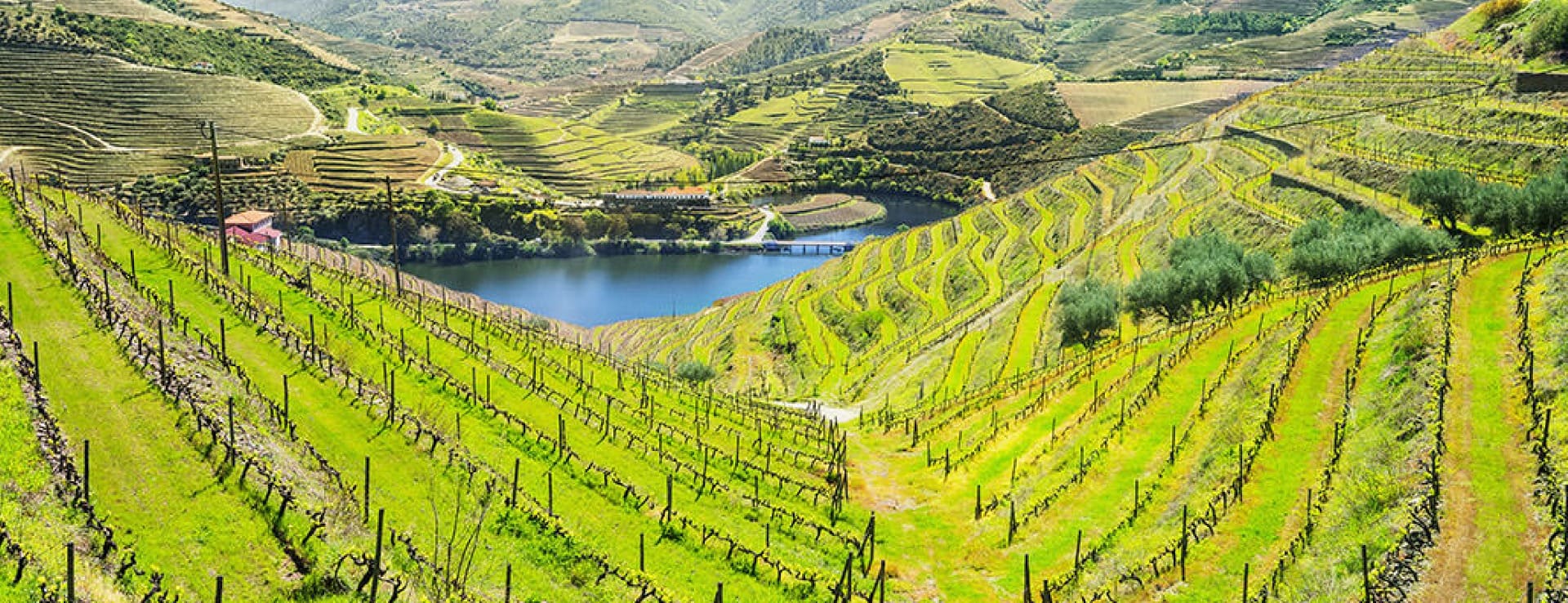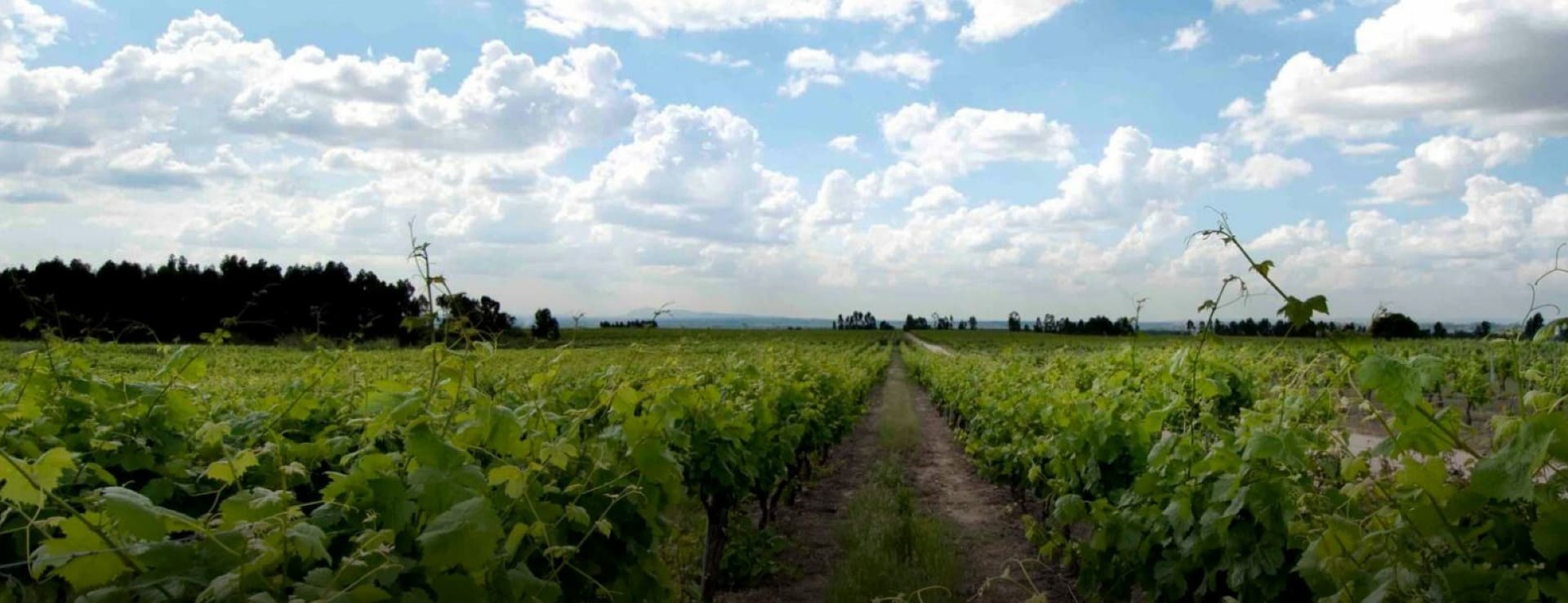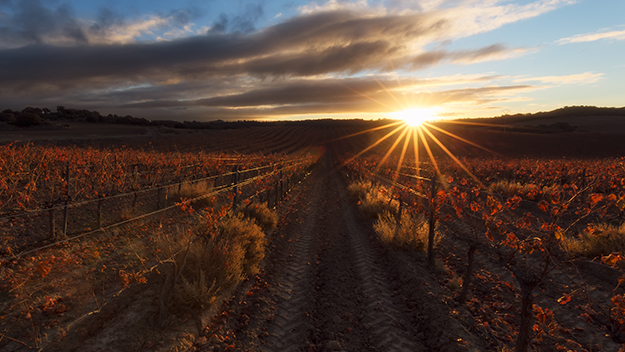Find your winery or vineyard
10 Wineries and Vineyards for sale in Vila Real
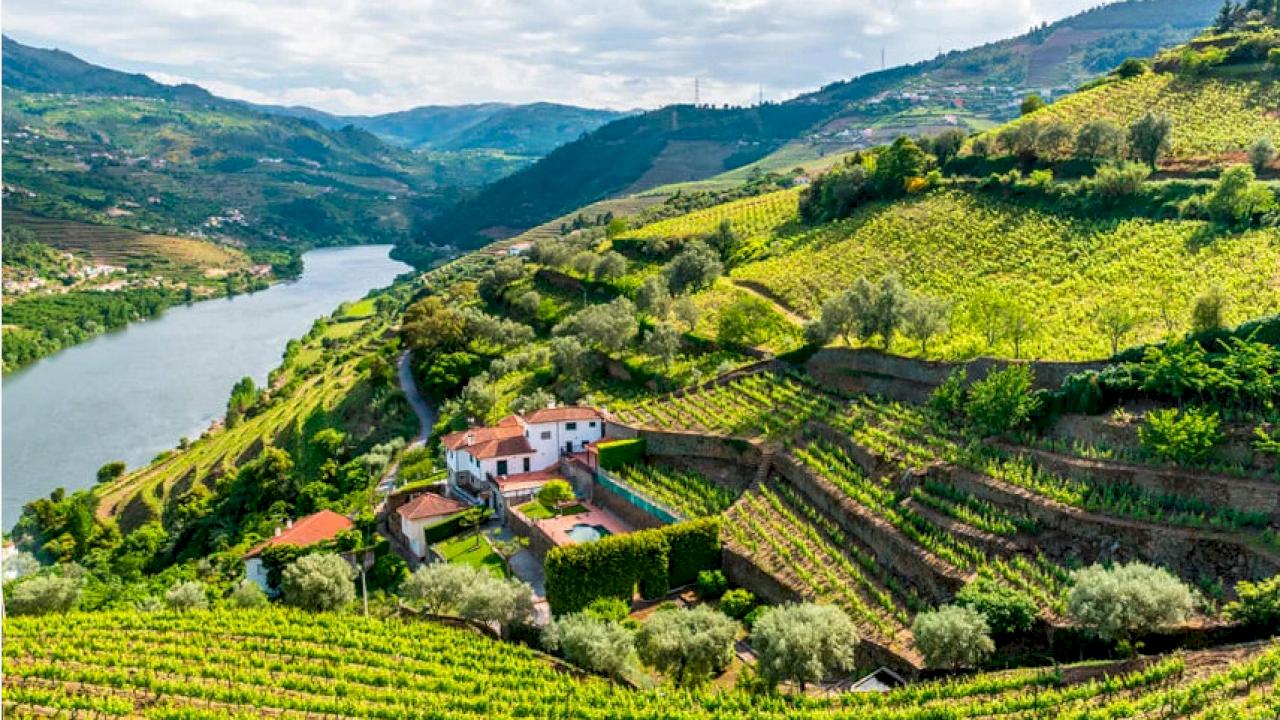
Winery with 15 hectares views of the Douro in Prime area
DOC Douro y DOC Port
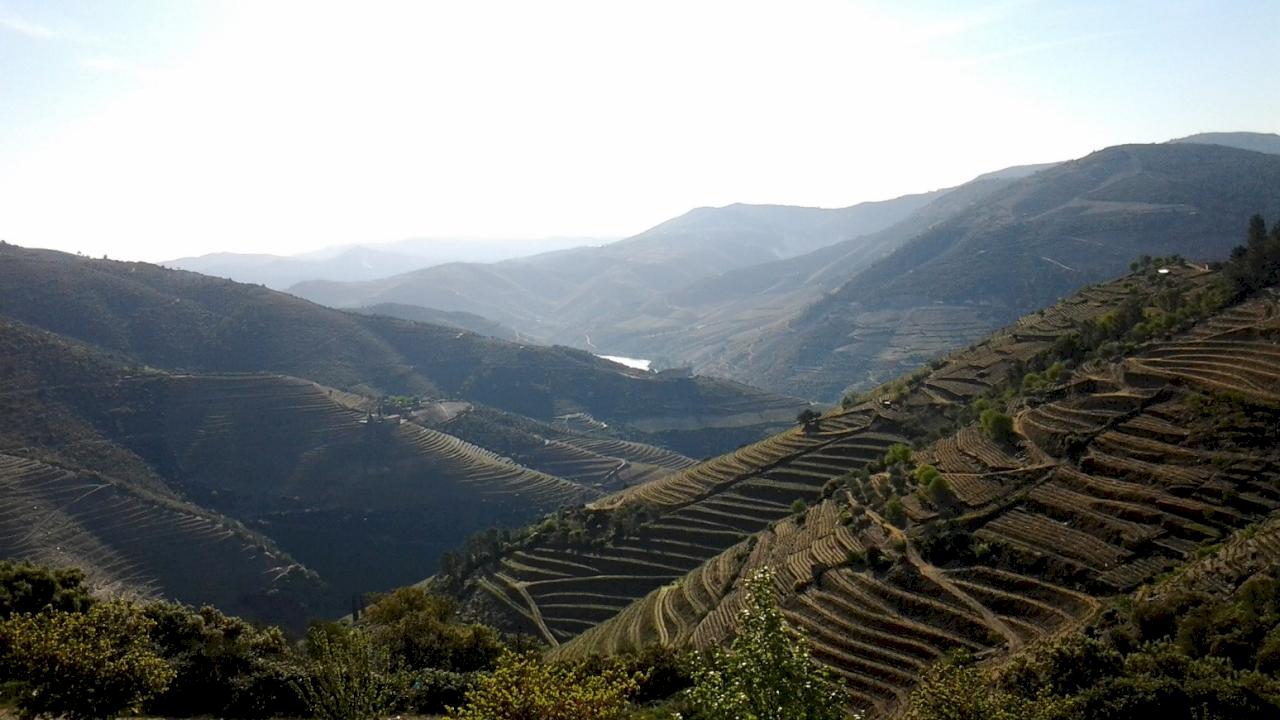
Winery with production capacity in the Douro area.
DOC Port and DOC Douro.
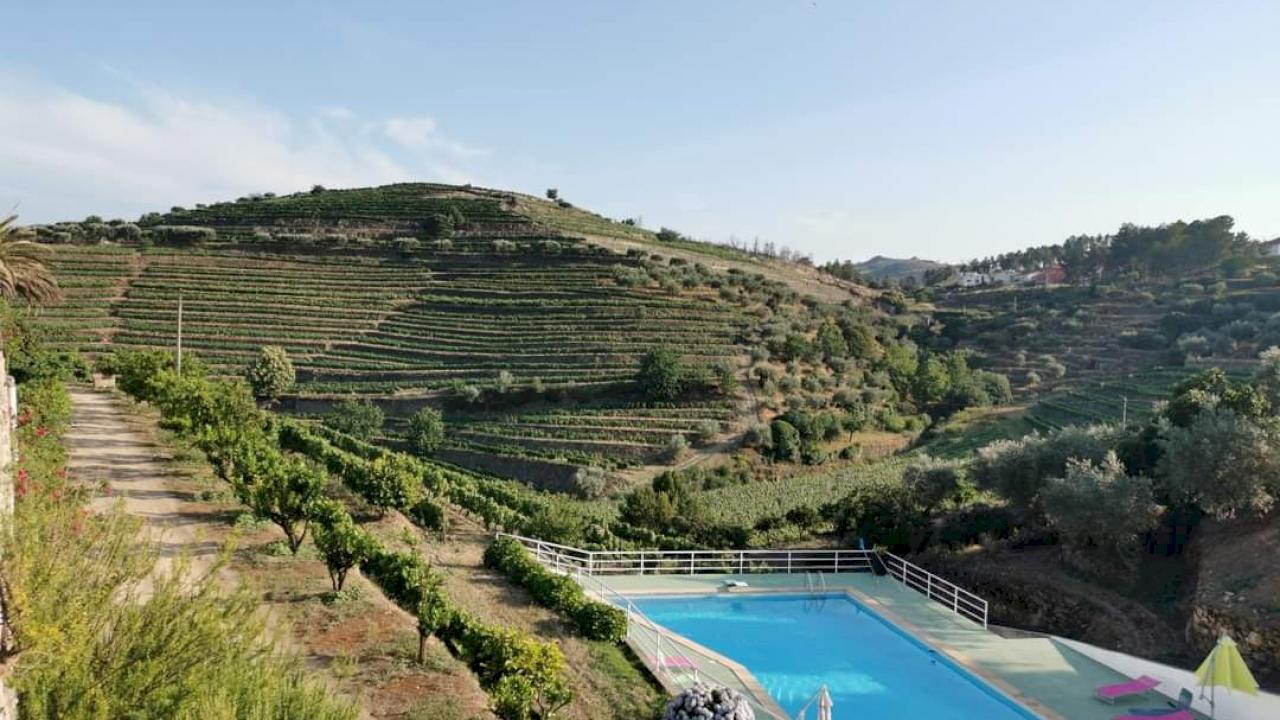
Rural hotel with vinyeards and olive trees in the Douro.
Estate with 7 ha of vineyards and 7 ha of olive groves
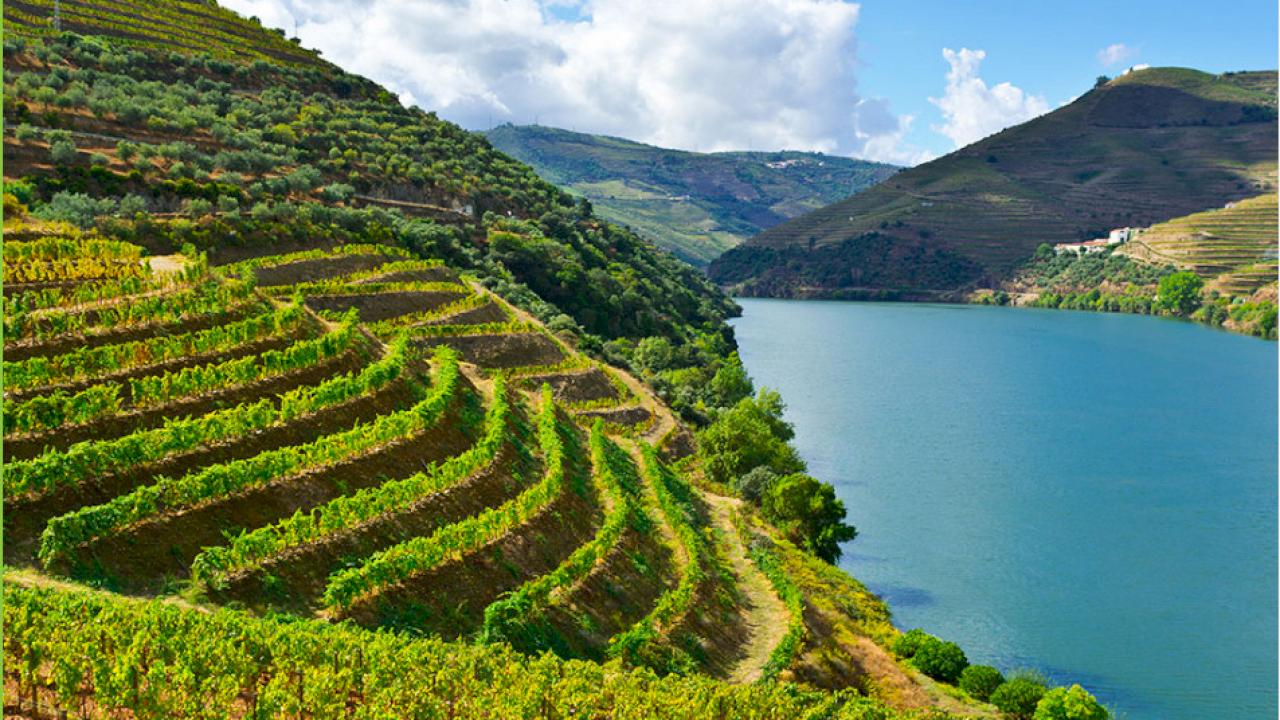
132 ha farm with luxury villa, swimming pool and wine cellar. 7 ha of vineyard and 5 ha of olive grove.
DOC Douro and DOC Port
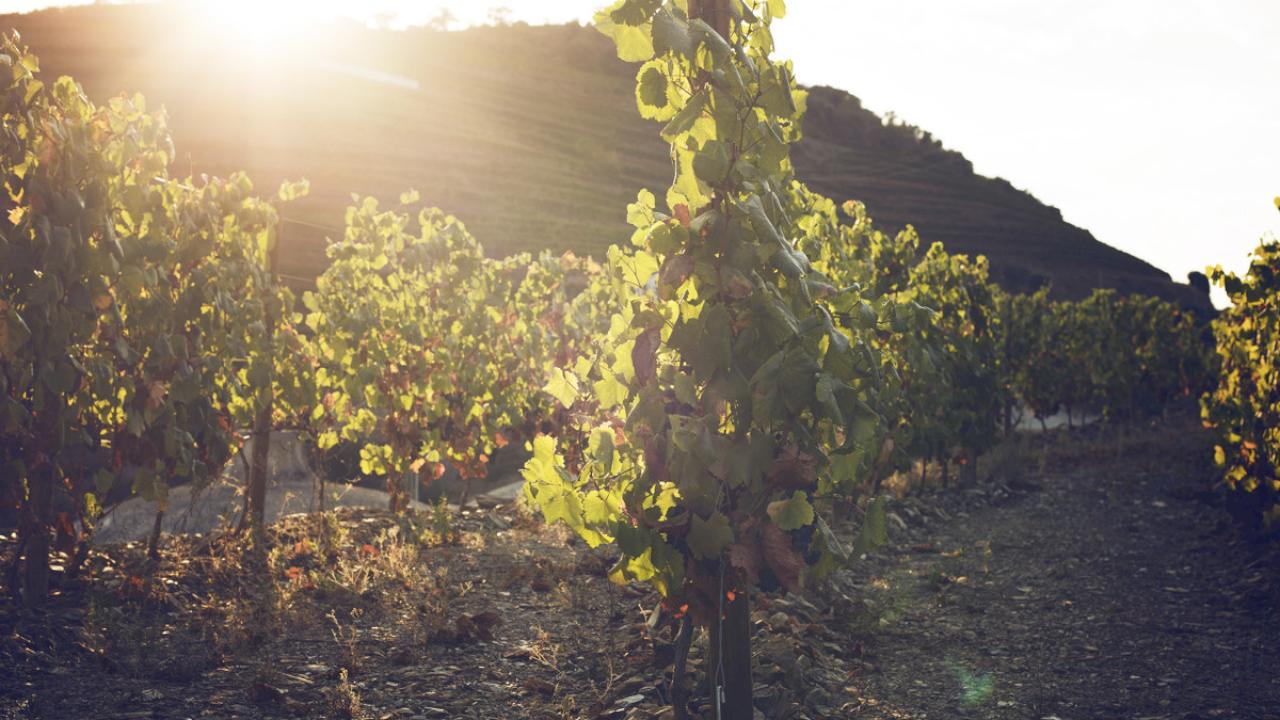
Winery with house and 12 ha of vineyards
Property in DOC Douro and DOC Port.
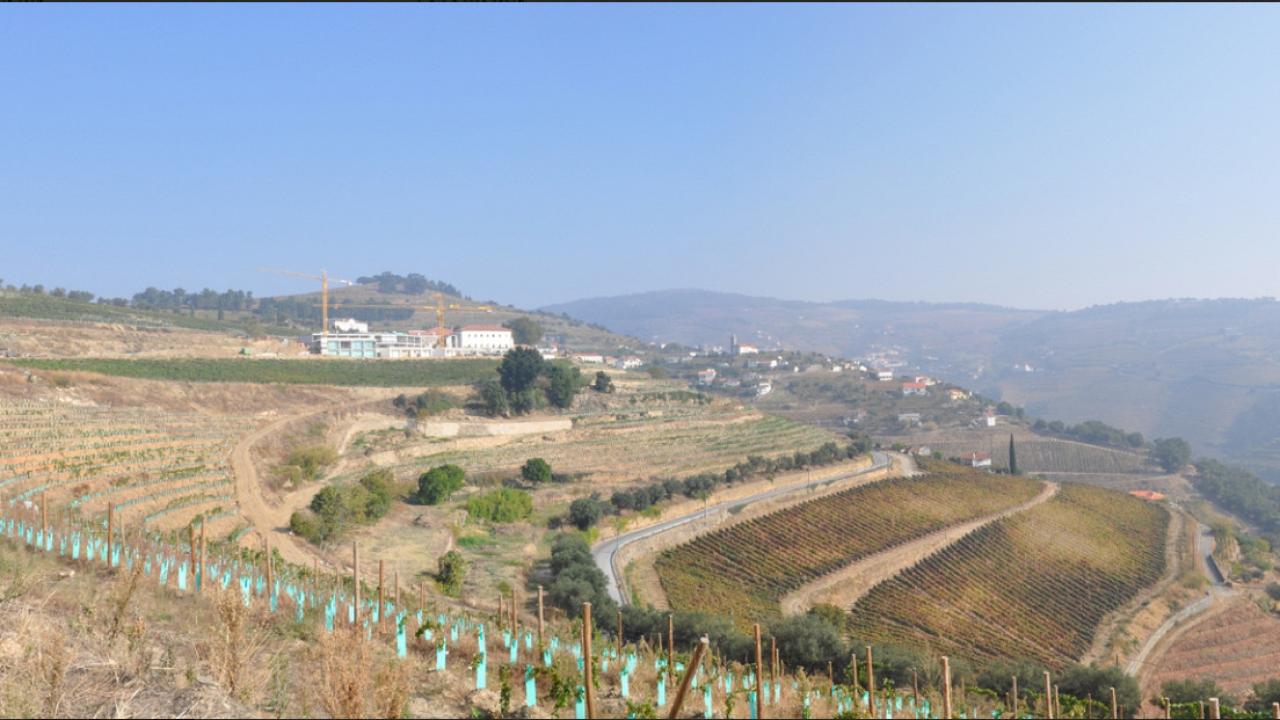
Hotel of 43 rooms with winery and vineyards.
Property in DOC Douro and DOC Port.
Infographic of the Denomination of Origin
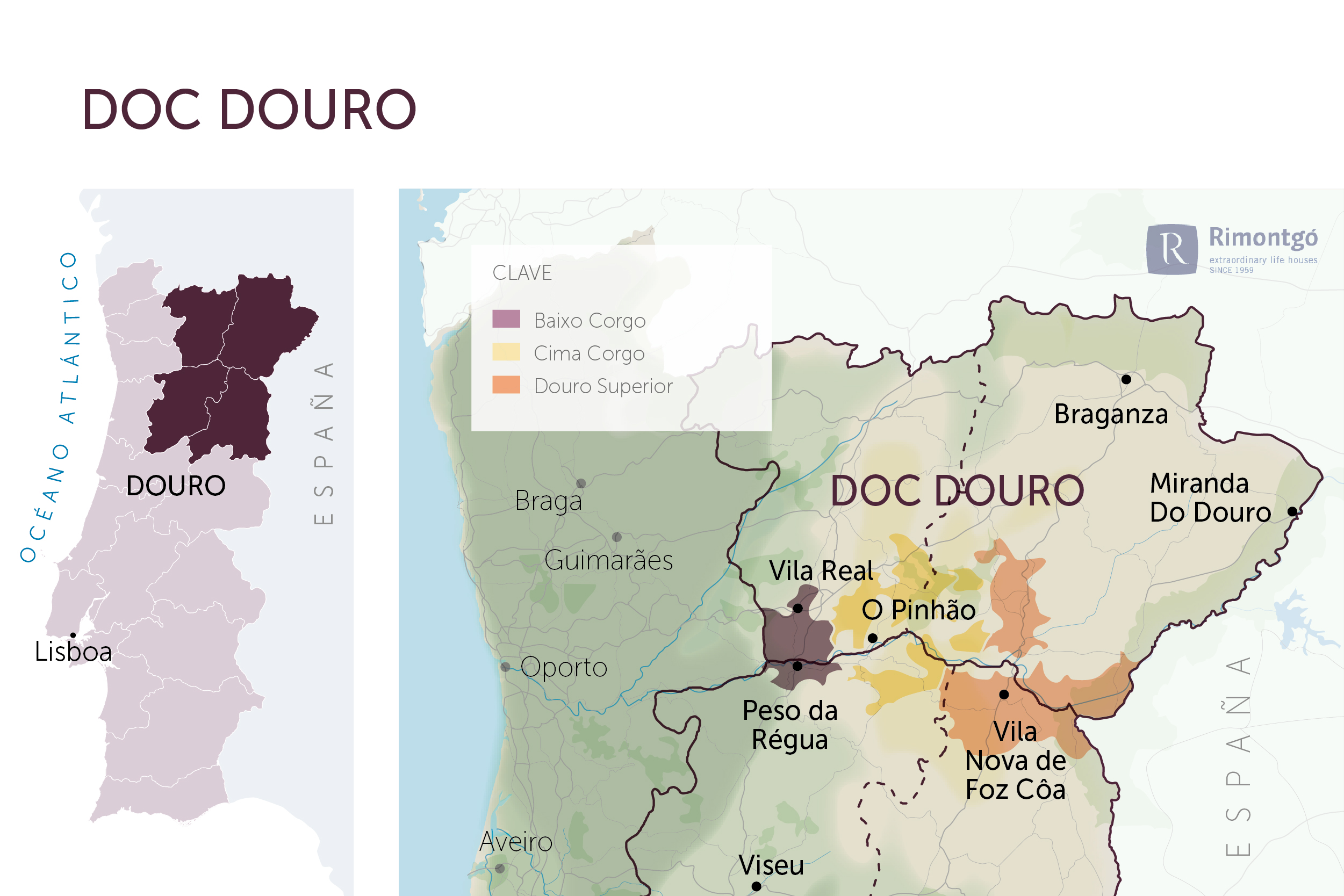
Change to imperial units (ft2, ac, °F)Change to international units (m2, h, °C)
D.O. year of foundation:
1907
Number of wineries (2017):
228
Total surface area:
250.000 ha617.750 ac
Maximum production allowed:
14.050 kg/ha12.535 lb/ac
Altitude of the vineyards:
Min: 100m
Max: 700m
Min: 328ft
Max: 2.297ft
Temperature:
Min: 12º
Max: 17º
Min: 54°F
Max: 63°F
Yearly rainfall:
700 l/m265 l/ft2
Vila Real
DOC TRAS-OS-MONTES
LOCATION
The DOC Tras-os-Montes encompasses the districts of Bragança and Vila Real, with the exception of two towns that form part of the Douro and Vinhos Verdes. It is the corner at the northwest of Portugal, separated from the coastline by the mountain range of Gerês, Barroso, Cabreira, Alvao and Marao. This is the reason why it means behind the mountains…It is an isolated area quite inaccessible.
Subregions
In the trás-os-montes region, there are several wine areas which produce red and white wines with differentiated characteristics, of renowned quality and which deserved special mention.
In the Vila Real district, it can be differentiated the wines of the municipalities of Chaves, Valpaços, Vila Pouca de Aguiar and the own town of Vila Real. In the south part of Chaves, the most important region is Ribera de Oura constituted by soils of granitic nature where vines grow protect by a mountain mass sheltered by pines and chestnut trees.
It is worth mentioning the wine of the slopes of Serra do Barroso, located in Boticas, where a wine with characteristics similar to those of Vinho Verde is produced and highly appreciated in the region. Also the rosés from Chaves and Vila Real are highly appreciated in Portugal and abroad.
Wines from Valpaços region are more alcoholic and with a more intense aroma, whilst wines from Boticas and Carrazeda resemble to the vinhos verdes, low in alcohol, with a fruity flavor and acid when they are young.
DOC DOURO AND DOC PORTO
This Portuguese wine region of great beauty provides excellent conditions for the vine cultivation.
LOCATION
This region comprises the municipalities of Mesao Frio, Sta Marta de Penaguiao, Peso de Regua, 12 parishes of the town of Sabrosa, 15 of Alijó, 9 of Vila Real, 3 of Murça in the district of Vila Real; 12 from Carrazeda, 12 from Moncorvo, 4 from the Freixo, 1 from Alfandega da Fé, some quintas from Mirandela and 1 from Miraflor in the district of Bragança; Town of Vilanova de Foz Coa, 4 in Meda, 1 in Figuiera Castelo Rodrigo in the District of Guarda; 11 in the Lamego, 1 in Resende and 6 in Armamar, 10 in the municipality of Tabuaço and 12 in Joao da Pesqueira in the district of Viseu.
Subregions
The DOC Porto is rich in microclimates as a consequence of its rugged orography, the region can be subdivided into the following areas:
- Bajo Corgo (Lower Corgo): Downstream of the Corgo River, the most productive and fertile area. The westernmost part of the region in the shadow of the Serra do Marao, around the town of Peso da Régua. With an annual rainfall of 900-1000 m3, it is the most humid and coldest area of the Douro. This region has traditionally produced the large volumes of cheap Ruby and Tawny wines.
- Cima Corgo (Upper Corgo): Upstream of the Corgo, this is the driest and arid area with less quantity of production, but of better quality. The heart of the region, centred in Pinhao, where the annual pluviometry is 700 m3 and the summer temperature is higher. All the important Douro houses have properties in this region either along the Douro or in its tributaries Tedo, Távora, Torto, Pinhao and Tua. The finest Port wines come from this region and the best reds too, which are already fetching the same prices as Port wines.
- Douro Superior: the easternmost region and relatively new to wine due to its isolation, it is the largest but least planted area of the Douro. It has an extreme continental climate and a low rainfall of 400 m3 on the border with Spain. One of the advantages of this region is that it is flat and easier to cultivate than the other two. The wines from this area are powerful and reach a high level of quality. The centre is Barca de Alva.
There is an unofficial sub-region in the Douro called Altos. It is the high zone where traditionally at this altitude the grapes did not ripen. Nowadays new winemakers are trying white wines.
POINTS OF INTEREST
Vila Real on the banks of the Corgo river is the most important city in Alto Douro and in the Portuguese region of Trás-os-Montes.
The Cathedral of Vila Real features a Romanesque style with Gothic influences.
Casa de Mateus is a palace dating back to the 18th century by the architect Nicolau Nasoni, is famous as it is one of the most impressive examples of the Baroque civil architecture in Portugal.
Of baroque origin, the Igreja Sao Pedro was built in 1528 being its tiles the protagonists.
The Capela Nova is a small church and one of the most interesting of Vila, its architecture is also attributed to Nicolau Nasoni and mixes the baroque style of the façade with a Renaissance style of the chapel.
Discover more wineries and vineyards for sale in these wine regions in Portugal
Subscribe to our mailing list to receive news about wineries and vineyards.

